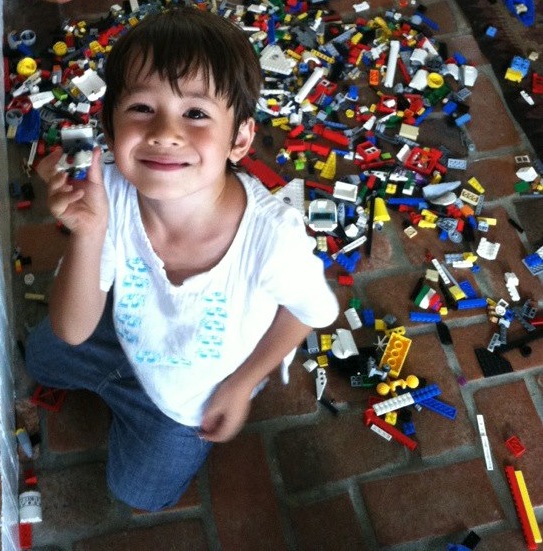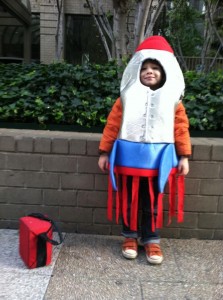Why is our name the “Building Blocks of Cognition Laboratory”?
First of all, what do I mean by ‘building blocks’? Individual Lego pieces or wooden building blocks can be put together to build many different complex structures. This activity is creative, cognitively demanding, and – for many children and some adults – fun! Below, I outline the lab’s three main lines of research and then explains the personal story behind the byline.
Now, my lab is named the “Building Blocks of Cognition Laboratory” for 3 reasons:
1. The impressive array of human cognitive abilities arises from interactions among a set of core mental processes, just as a complex structure can be built from simple pieces. We design behavioral, eyetracking, and neuroimaging experiments to isolate some of these core processes in healthy young adults. We focus on the cognitive control processes (a.k.a. executive functions) that conspire to enable reasoning and goal-directed behavior, and examine how they support academic achievement.
2. Cognition is ‘built’ as the brain matures. We previously completed a multimodal MRI study tracking the structural and functional changes that underlie the emergence of reasoning ability across ages 6-19. This is a rich dataset that we continue to publish papers on.
3. Experience influences how the brain is ‘built’, and how it functions throughout life. We have previously examined how children’s brain function is linked to the home, neighborhood, and school environments they grow up in. We have also examined the effects of education, writ large, on child cognition. Further, we have studied experience-dependent brain plasticity, examining whether and how intensive practice can (at least temporarily) alter brain function over the course of weeks or months. In the next few years, we seek to study how education shapes brain function in early childhood. Ultimately, we hope that our insights on the role of experience on behavioral and brain development, as well as on the cognitive predictors of academic success (see #1), will help children reach their full potential.
4. The original reason for the lab’s name: Silvia wanted to understand her nephew. She watched as her brother Eric created incredible Lego structures as a child, pursued a career in architecture, worked hard for many years, and eventually established a successful architecture firm with his wife Mimi. From an early age, Eric and Mimi’s first son loved to draw and build with Legos, and his skills in these areas quickly surpassed those of his auntie’s…
Could this little guy’s early talent be explained by genes? After all, his parents are both talented architects. Or could it be explained by his environment? After all, his parents encouraged him to draw and create and build, and gave him toys that will help him to develop these skills – and he watched them enthusiastically sketch out building plans at the kitchen table. The answer is that it’s neither ‘nature’ nor ‘nurture’ alone, but rather a complex interplay between his genes and environment. Through our research on brain function, development, and plasticity, we chip away at the complex yet fundamental question of how each of us becomes who we are: unique individuals, each with our own skills and interests.
**Note: I wrote this in 2012. Now, 12 years later, it turns out that my older nephew is interested in the arts and social sciences; he is not, as I had predicted, headed for a career in architecture or engineering! The lesson? Development is complex — and even if we were to know everything about someone’s genetic makeup, experiences, hobbies, etc., there’s always an element of chance as to how their lives will unfold.**


